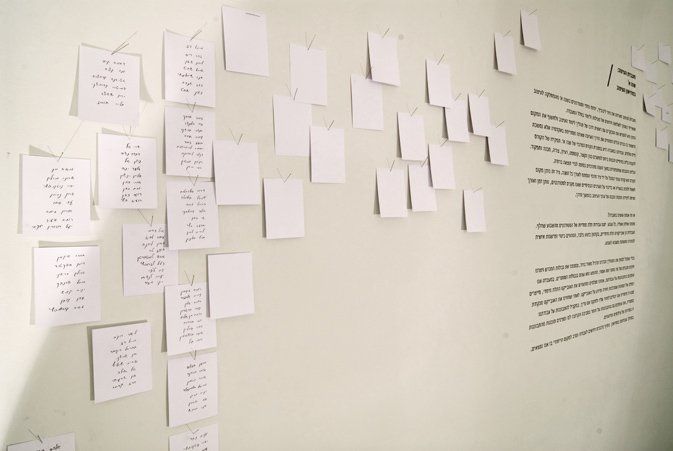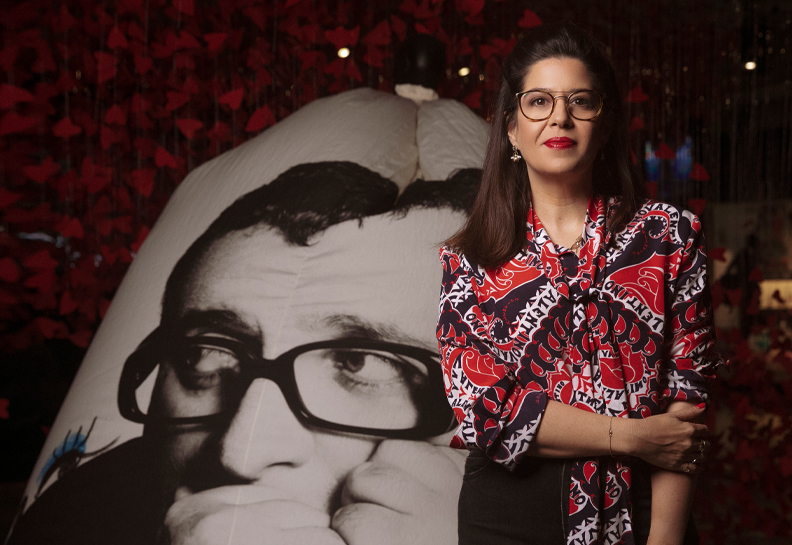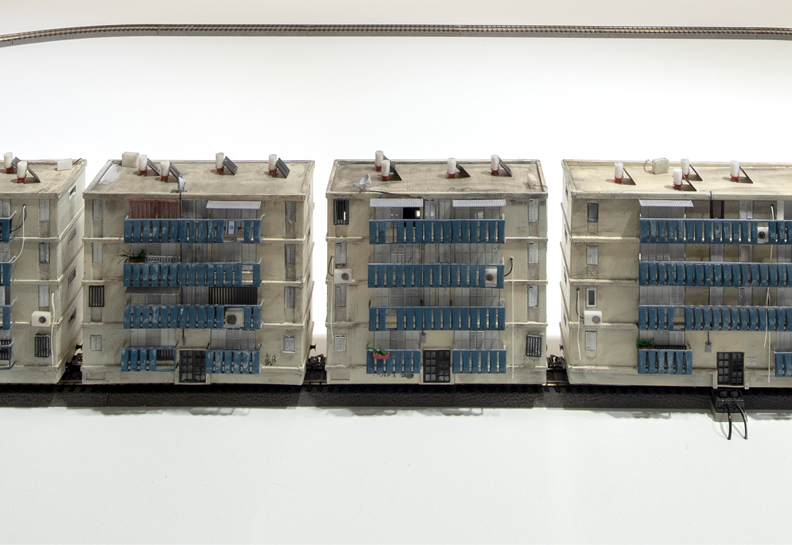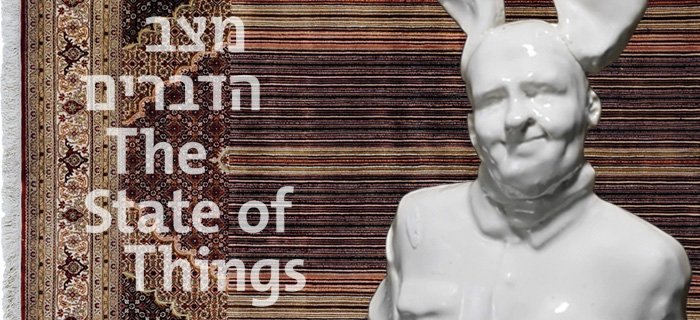A final interview with Pini Leibovich and Yiftach Zdafee at the conclusion of the semester at the Design Lab.
A final interview with Pini Leibovich and Yiftach Zdafee at the conclusion of the semester at the Design Lab. We meet to sum up the extraordinary semester in which we were the hosts and premises, and first year Industrial Design students and lecturers from Shenkar College of Engineering and Design were the guests, the artists, and the life and soul of the activity behind the inanimate objects.
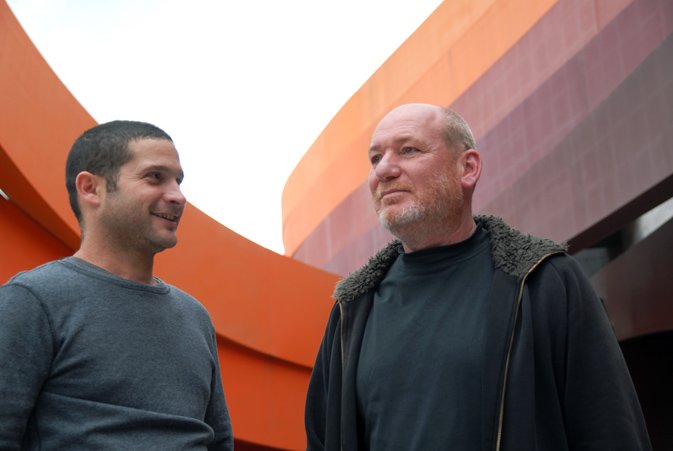
For your final lesson you went to visit the Zik Group Studio; beyond the liberating experience, was it important?Very much so. Students don’t usually get the opportunity to experience an encounter with a studio, and it’s something that’s missing for them. Suddenly they find themselves going on a tour of a foundry. They meet with the foundry-man and observe the process from the moment the artist brings his sculpture and until he receives the finished product. It’s a rare experience. And another thing, one of the things students are always saying is that they don’t have any free time because their schedule is so restrictive. And I say to them: Freedom isn’t something you receive, freedom is something you take. When they hear Sharon’s* stories about the difficulties along the way, they understand. It’s a very important trip in this period of time. Most of the young people who choose to study design do so because it’s a profession you can earn a living from, and the place Sharon presents is a place of questioning. What is a circle? What are the materials? Let’s examine them. It’s a direct continuation from there to an entire semester in which we talk about Form Follows Function. It’s another way to explain it without explaining it. *Sharon Keren, head of the Department of Jewelry Design at Shenkar and a founding member of the Zik Group.So how would you summarize the time you spent here? How was it?We came here after three years of preparation during which the course was held at Shenkar. It was good because we based ourselves on the insights and learning sequence of those years. It should be borne in mind that it was not we who chose the Lab. Galit Gaon chose us. She was familiar with the course we gave and invited us to do something similar at the Museum.
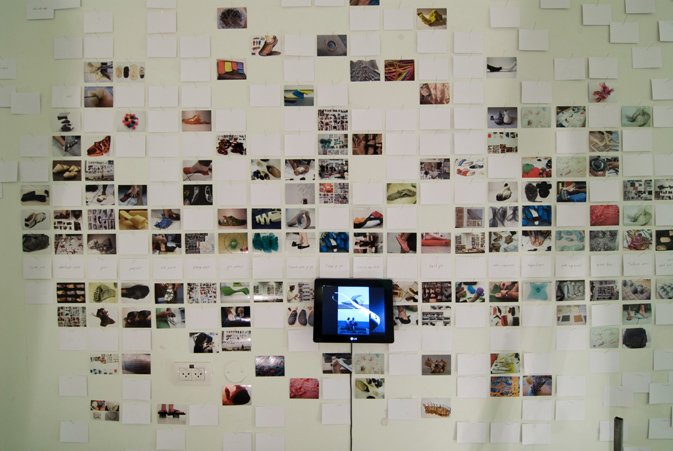
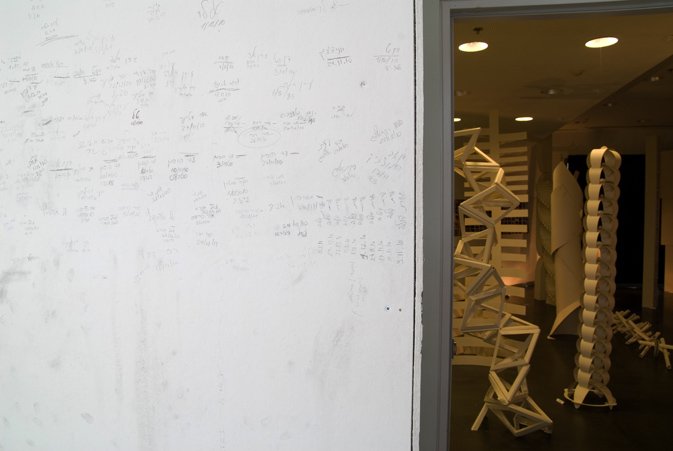
Isn’t it too early to expose first-year students in their first semester? Aren’t they supposed to undergo some kind of incubation period first?It was certainly an issue the two of us discussed. There were also a lot of raised eyebrows from colleagues who heard about the Lab. But we earned our time here honestly. The materials according to which we were chosen to be the first lab were relevant. The choice was based on results presented. There was no way of knowing that these were first-year students. The results were timeless and they reflect the absence of hierarchy and the ability to examine things as they are. And another thing, since our department at Shenkar is a young one and has no documentation, there’s a sense of a lack of continuity. Continuity creates a connection to the place where a person is. So we had to base ourselves on what’s happening now – we’re teaching the students to take pictures, not document. And they take pictures and collect, and then what you have is documentation.
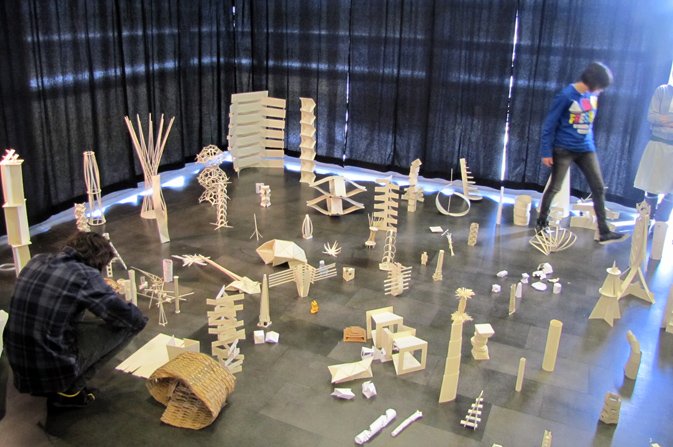
What’s the difference?When you’re asked to document, it usually attests to the end of the process, and the documentation is intended for a particular purpose. When you’re asked to take a picture of a work and hang it on the wall, a continuous learning process is created whereby the students understand what they’re doing. Because we were unable to contend with documentation, because it’s a big word, we had to look for a way to make people document without documenting. We also realized that here in Israel there isn’t a linear sequence of learning one thing over time, especially in the field of design. Because we’re growing up in a place where the dynamic is frenetic and attention divides rapidly, and there’s no tradition of learning and focusing on one thing, and since most of the students don’t bring it with them from their home – the ability to speak about hues and flavors – we realized that we had to create a sequence of events in the space in order for this one thing to eventually be created here. That by speaking about many things that are connected to the subject, by creating multiple experiences, an understanding of the one is achieved from the sum total of experiences. It’s an understanding in retrospect and which aims to endow us with higher qualities. At the end of the day, a method was created here that is highly suited to the place we live in. Breaking the traditional way of learning design. And as a result the quality of the department is improving all the time.Does it influence the way you choose students?Nowadays we accept students to the department who don’t necessarily possess three-dimensional perception; some are accepted because they’re interesting. What makes someone interesting? The way in which you see, gather, place. In my experience, people who are interested in more things can introduce additional parameters to the world of design, not just three dimensions.
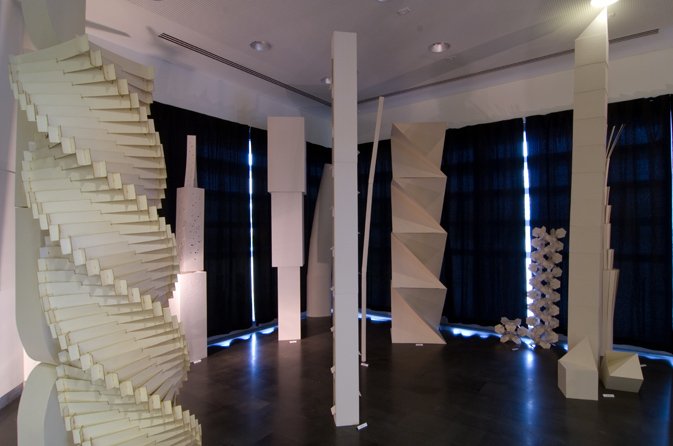
Is the ability to tell a story a two-dimensional tool or a three-dimensional one?The ability to tell a story is a tool. The ability to convey the conceptual abstract of the object is part of the reduction. If they can reduce and abstract, they can do it with material as well. If someone can create clear situations that cleverly convey a conceptual message, then the transition to material will be made accurately. It may only happen in their third year, but it’s part of the toolbox that helps them to reduce and become accurate.Would you continue for a second semester?Three months were enough. It was the right amount of time for this project and at this time. It was draining. What is needed now is intimacy, to go inward. We can say, however, that something amazing happened in the end. The direct encounter of the visitors with the works was exciting. When you manage to create desirable objects, the kind people want to possess, it’s interesting. And that’s what happened with the final projects we presented at the end of the semester. At the same time, it must be borne in mind that this is only the first year. This was a fleeting exposure, and there’s still a long way to go to attain qualities. We managed to create a window here that opened and then closed, and there’s still a lot more to learn.Click here to read the Design Blog following the entire semester at the Design Lab.
